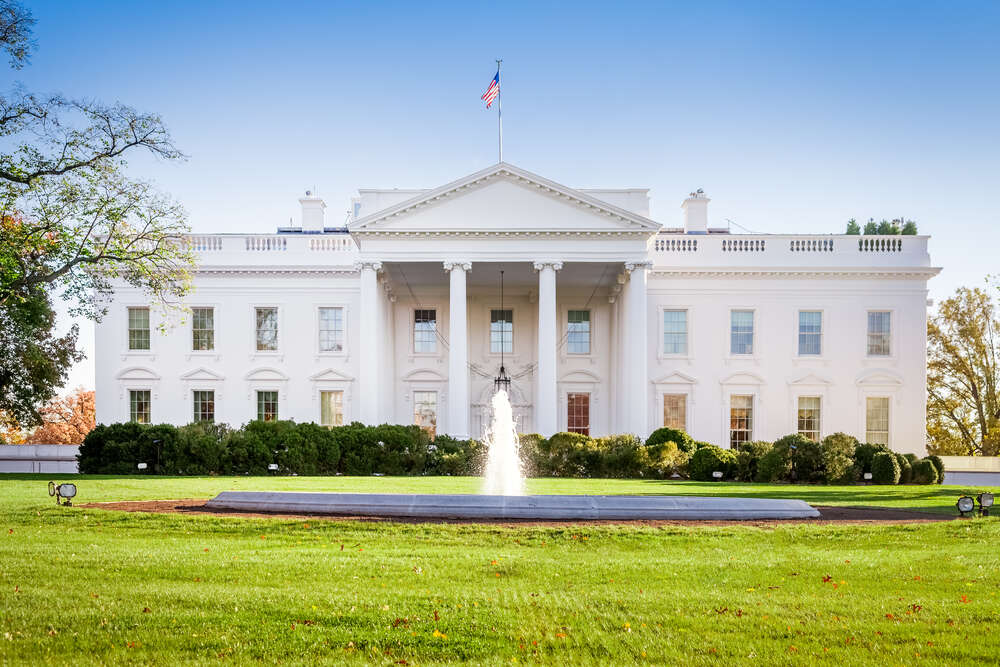
The US government has published a blueprint for a potential AI Bill of Rights that the White House says would “make automated systems work for the American people”. It marks the first tentative step towards AI regulation in the US as other parts of the world, including the UK, develop more detailed legislation.

The blueprint sets out a series of goals it hopes will minimise any harm that may be caused by the rise of artificial intelligence. This would include guidelines on how to protect data, minimise risk of bias and reduce the use of surveillance.
There are no potential enforcement actions detailed in the blueprint, just a set of guidelines for companies and organisations to follow, but the White House hopes it will act as a “call to action” for other government bodies.
The European Union has already developed a set of “risk-aware” regulations for governing the use of artificial intelligence. The EU AI Act is expected to become law next year, although there is some controversy over an amendment to include general purpose AI under the bill.
Recently the EU also proposed a series of mechanisms that would make it easier for people to access information and take legal action against a company where AI caused them harm.
The UK published its AI Framework earlier this year, which would see each individual regulator take responsibility for governing the use of AI within its sector. It is tied in part to the new GDPR replacement data reform bill but its future is unclear following the election of Liz Truss as prime minister.
The new blueprint is part of President Joe Biden’s ongoing agenda to hold Big Tech to account for the negative societal impacts of the technology it develops.
The white paper followed a year-long consultation involving multiple departments, civil society groups, industry researchers and tech companies.
US AI Bill of Rights: five core principles
The blueprint outlines five core principles that would govern the use of AI including creating safe and effective systems, discrimination protections, data privacy, notice and explanation and human alternatives, consideration and fallback.
One of the main drivers behind the “Bill of Rights” blueprint is to minimise the impact of discrimination from models trained on existing bias.
“Algorithms used in hiring and credit decisions have been found to reflect and reproduce existing unwanted inequities or embed new harmful bias and discrimination,” a Whitehouse statement said.
Adding that there is a need to monitor “unchecked social media data collection”, it continues that this “has been used to threaten people’s opportunities, undermine their privacy, or pervasively track their activity – often without their knowledge or consent”.
It describes these consequences as “deeply harmful” but not inevitable, suggesting that it’s possible to reap the “extraordinary benefits” from AI technology – including helping farmers improve efficiency, predict the path of storms and spot disease – without impacting negatively on people.
“This important progress must not come at the price of civil rights or democratic values, foundational American principles,” a spokesperson for the White House said.
Digital rights organisation the Electronic Privacy Information Center (EPIC) welcomed the publication of the principles, and said it is important the US government now build the framework to ensure the principles are put into practice and that the federal government meet the goals.
“The establishment of the core principles that must be met to ensure AI systems serve the public interest, as well as a recognition by the White House of the very real harms automated decision-making systems cause to individuals is a significant step,” EPIC executive director Alan Butler said.






